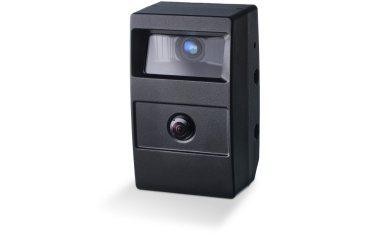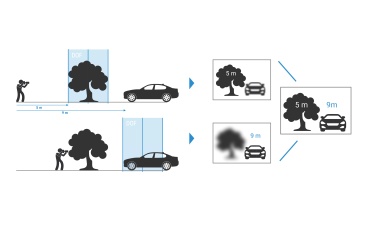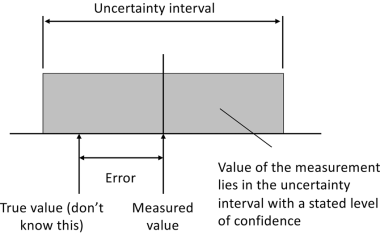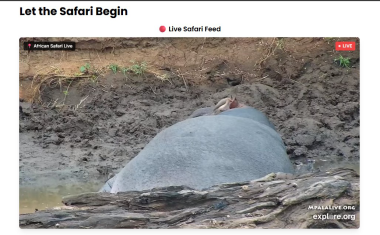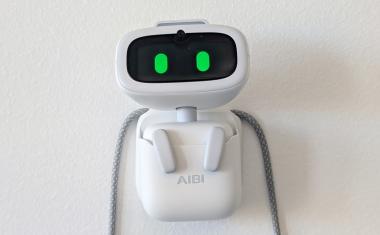A Better Alternative
Having been regarded as a "trend" only a few years ago, optical metrology is today already "best practice" in industrial quality assurance. Today non-destructive measurement solutions are used by default for the measurement of complex components in various industries. The technological principle of Focus-Variation included in the recent EN ISO standard 25178 is one of the technologies which are not only used in the lab but also for production integrated surface measurement. In the following, Alicona CEO Stefan Scherer and Prof. Albert Weckenmann, head of the Chair Quality Management and Manufacturing Metrology (QFM) of the University Erlangen-Nuremberg, speak - exclusively for INSPECT - about strengths and weaknesses of optical metrology, demands from the industrial users and necessary measures to even better establish optical metrology on the factory floor.
Focus on Reference Standards and Guidelines in Optical Metrology
With its areal based and robust principle of focus variation for the high resolution form and roughness measurement also across large measurement fields, Alicona is regarded as a pioneer in optical metrology. The measurement point density of several million measurement points, a vertical resolution of up to 10 nm even at surfaces with steep flanks and highly reflective surface properties, as well as the high vertical scanning range lead to Alicona being an increasingly demanded supplier with a yearly growth rate of up to 50%. According to CEO Stefan Scherer, this success can be traced back to two factors. Firstly, the high quality and user oriented products and, secondly, a consistent business policy which also emphasizes on "continuously exploring and watching the market to figure out which other measures, besides accurate results are necessary to advance optical metrology." In terms of reference tools and traceability it is due to Alicona that significant progress has happened. Albert Weckenmann on the importance of traceable standards: "Reference tools, user guidelines and measurement standards are mainly tailored to tactile production measurement technology. However, the user has to be sure that optical measurements can be traced back as reliable as known from the tactile measurement tools and procedures. This happens throughout the use of calibrated reference standards and stan-dardized measurement procedures. This is how the user recognizes optical systems as an equal or even better alternative compared to common techniques." Alicona has seen and understood at an early stage that these reference stan-dards are also necessary in the optical world in order to provide the same feeling of security as known in the tactile measurement. Consequently, the supplier developed a roughness standard which is traceable to the PTB (Physikalisch-Technische-Bundesanstalt, Braunschweig, Germany) and applicable for optical and tactile instruments. This roughness standard can be used by the entire industry as it is appropriate for all optical ISO certified measurement techniques. This is how Alicona has set a sustainable step to advance optical measurement forward.
Robust Results also in Production
Industry faces an increasing need for new solutions in quality assurance as fine detailed functional geometries have become too complex to be measured with tactile techniques. "Our customers agree that in many cases tactile measurements hardly achieve appropriate results," states Scherer. Results are simply not robust enough and vary depending on the measurement position. However, despite the need for robust and high resolution measurements, optical systems have not been widely taken up in integrated production mea-surement and quality assurance. "For the use in a production near environment, industry requires more than highly accurate and traceable results," Scherer continues. "Additionally, there is a strong demand for robust repeatable measurements, universal fields of application and function-oriented results. The robust technology of focus variation already delivers today repeatable and traceable results with high resolutions." To make optical techniques production-ready, Weckenmann adds another aspect: "Universal applications at high usability including information on the measurement uncertainty - as soon as suppliers meet these requirements, optical measurement will be accepted both in production and integrated quality assurance," Weckenmann states. "The measurement uncertainty is crucial information as it often indicates the conformity of components. This implies that values for measurement uncertainty have to be shown directly in the measurement result. This will become increasingly important," so the chair of QFM. Again, focus variation is a leading technology as it provides information on the repeatability of every single 3D point. The user gets an estimated measurement uncertainty with every measurement value. "This repeatability measure helps to evaluate the quality of individual measurement points. At present, we do not know of any other optical technology that delivers information to verify the quality of a measurement value as it is achieved by focus variation," Stefan Scherer summarizes.
Higher Resolution across Larger Vertical Scanning Ranges
At QFM, focus variation is used to measure complex surfaces and components. "With the high resolution optical 3D measurement device InfiniteFocus we measure e.g. cutting inserts, bearing shells, crankpins as well as the surface of press cylinders. With Focus-Variation, we are also able to measure steep flanks at a vertical scanning range of more than 20 mm. In contrast to other techniques such as white-light interferometry this enables a much larger measurement field," describes Weckenmann the applications and benefits of focus variation. The expert about further benefits that come along with the use of optical measurement solutions: "Measurements are much faster and include more information. Throughout the use of optical principles the user benefits from more measurement points which enable him to achieve areal based results. In contrast to e.g. tactile techniques, which can cause surface defects due to the stylus force, non-contact measurement also means that the surface remains undamaged."







